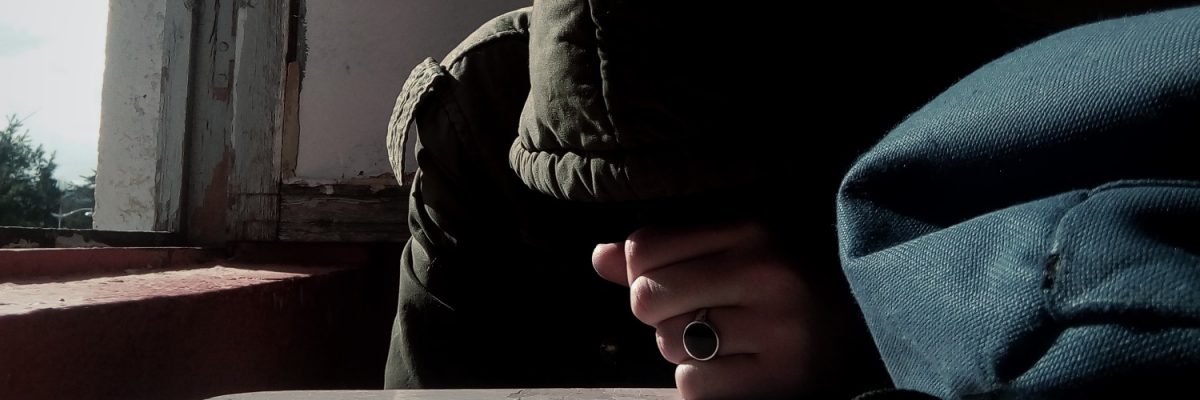A butterfly valve is a rotary motion valve with a quarter-turn used to stop, regulate, and initiate flow. Butterfly valves are a form of quick-opening valve. The valve can be entirely closed or opened by rotating the handle 90 degrees. They are typically utilised in systems that do not require a positive shut-off. The following types of valves will be discussed in this article.
Lug-Style Butterfly Valve
The lug butterfly valve contains threaded “lugs” or inserts that allow bolt passageways around its perimeter. Two sets of bolts can be installed without a nut using an individual hole. During installation, the lugs make it simple to align the two flanges sandwiching the lug valve. As a result, disengaging one section of the pipe without removing the entire valve system is quite simple with this layout.
A lug-style valve is a versatile chemical handling solution that can tolerate up to 200 degrees Celsius temperatures.
Wafer Butterfly Valve
Wafer Butterfly Valves’ primary function is to maintain a unidirectional or positive pressure. Wafer butterfly valves have a flexible seal that prevents backflows from occurring when bi-directional pressure is present. Also, due to its lower cost and simpler installation technique, many people prefer this type of valve in situations where other valve types are prohibitively expensive.
Because this sort of valve lacks bolting holes, flanged pipes with bolts are used to secure the valve body in place. Wafer butterfly valves are easier to install than lug style valves, although valve and flange alignment can be more challenging.
Flanged or Double Flanged Butterfly Valve
The Double Flanged Butterfly Valve features a flanged body and elevated rims to be installed between two flanged pipes of the same size. This lined butterfly valve is utilised in heavy-duty situations where its strength and stiffness are advantageous.
Controlling, regulating, and double flanged butterfly valves do throttling flow. For dead-end service, it is regarded as one of the most durable seated valve designs. Because of the installed gearbox that controls the disc in various positions, this type of valve can be used as a shut-off mechanism.
Butterfly Valve Materials – Types
PVC
One of the most prevalent plastics used in lined butterfly valves is PVC. They’re appropriate for a variety of moderate-to-low-intensity applications due to a few characteristics. For starters, they are lightweight while still maintaining a high level of structural integrity. Second, they are chemically more compatible than most metals. Finally, when compared to their metal counterparts, PVC and CPVC are also less expensive.
Cast Iron
Butterfly valves are commonly made of cast iron. Cast iron has a far higher structural integrity and temperature range than PVC or CPVC, making it an excellent choice for industrial processes that demand a tougher material. Iron is the least expensive metal, but that does not mean it is ineffective. Cast iron butterfly valves are adaptable, making them ideal for a variety of applications.
